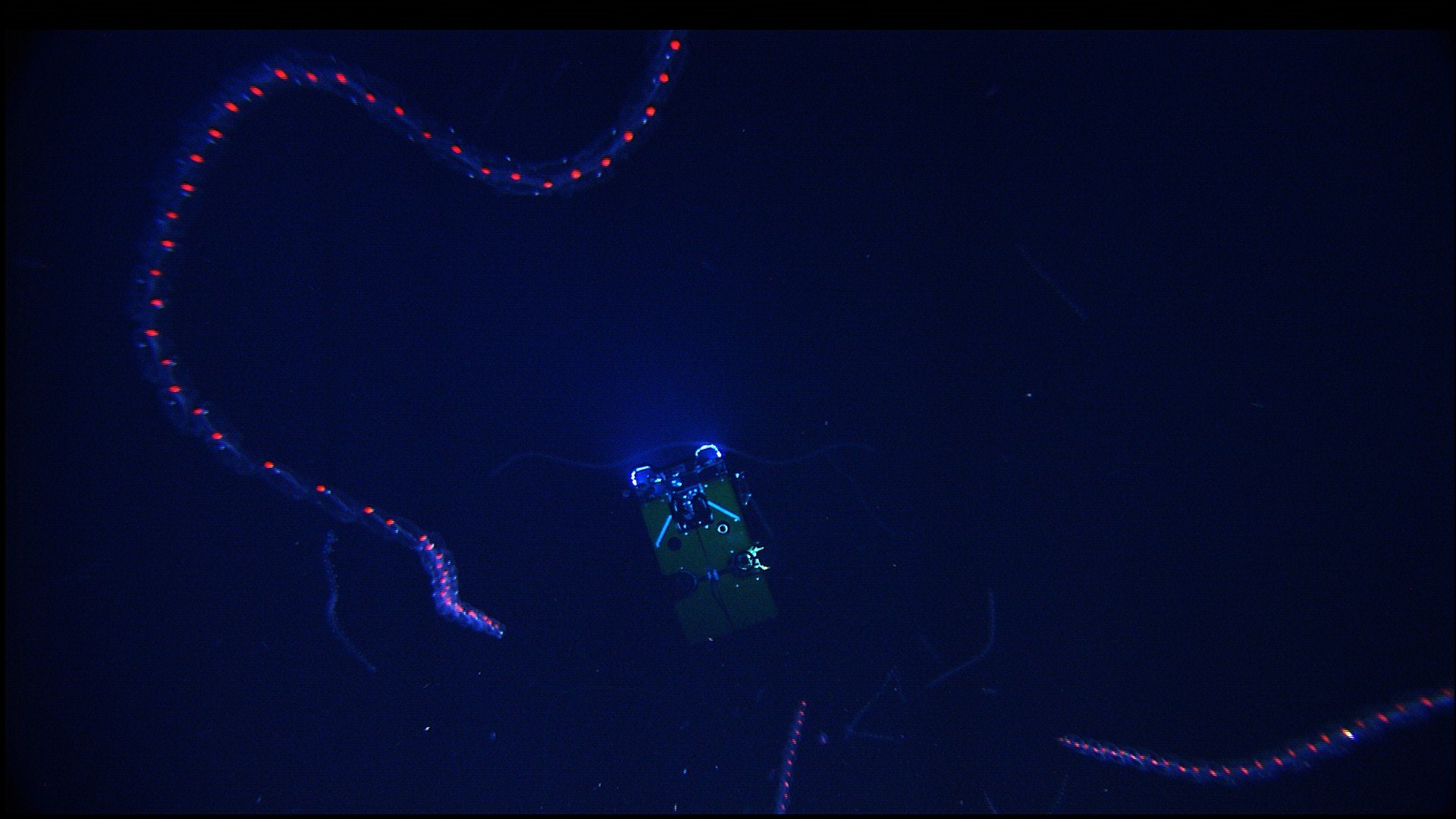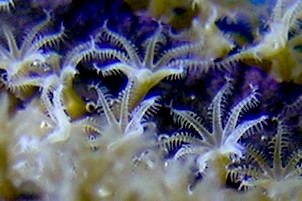|
Cystonectae
Cystonectae is a suborder of siphonophores.Schuchert, P. (2019). World Hydrozoa Database. Cystonectae. Accessed through: World Register of Marine Species at: http://www.marinespecies.org/aphia.php?p=taxdetails&id=135334 on 2019-03-11 It includes the Portuguese man o' war (''Physalia physalis'') and '' Bathyphysa conifera'', sometimes called the "flying spaghetti monster." In Japanese, it is called (). The typical cystonect body plan has a pneumatophore (float) and siphosome (line of polyps) but no nectosome (propulsion medusae Jellyfish and sea jellies are the informal common names given to the medusa-phase of certain gelatinous members of the subphylum Medusozoa, a major part of the phylum Cnidaria. Jellyfish are mainly free-swimming marine animals with umbrella ...). References Siphonophorae Cnidarian suborders Taxa named by Ernst Haeckel Taxa described in 1887 {{Siphonophorae-stub ... [...More Info...] [...Related Items...] OR: [Wikipedia] [Google] [Baidu] |
Siphonophorae
Siphonophorae (from Greek ''siphōn'' 'tube' + ''pherein'' 'to bear') is an order within Hydrozoa, which is a class of marine organisms within the phylum Cnidaria. According to the World Register of Marine Species, the order contains 175 species thus far. Although a siphonophore may appear to be an individual organism, each specimen is in fact a colonial organism composed of medusoid and polypoid zooids that are morphologically and functionally specialized. Zooids are multicellular units that develop from a single fertilized egg and combine to create functional colonies able to reproduce, digest, float, maintain body positioning, and use jet propulsion to move. Most colonies are long, thin, transparent floaters living in the pelagic zone. Like other hydrozoans, some siphonophores emit light to attract and attack prey. While many sea animals produce blue and green bioluminescence, a siphonophore in the genus '' Erenna'' was only the second life form found to produce a red ligh ... [...More Info...] [...Related Items...] OR: [Wikipedia] [Google] [Baidu] |
Portuguese Man O' War
The Portuguese man o' war (''Physalia physalis''), also known as the man-of-war, is a marine hydrozoan found in the Atlantic Ocean and the Indian Ocean. It is considered to be the same species as the Pacific man o' war or blue bottle, which is found mainly in the Pacific Ocean. The Portuguese man o' war is the only species in the genus ''Physalia'', which in turn is the only genus in the family Physaliidae. The Portuguese man o' war is a conspicuous member of the neuston, the community of organisms that live at the ocean surface. It has numerous venomous microscopic nematocysts which deliver a painful sting powerful enough to kill fish, and has been known to occasionally kill humans. Although it superficially resembles a jellyfish, the Portuguese man o' war is in fact a siphonophore. Like all siphonophores, it is a colonial organism, made up of many smaller units called zooids. All zooids in a colony are genetically identical, but fulfill specialized functions such as fe ... [...More Info...] [...Related Items...] OR: [Wikipedia] [Google] [Baidu] |
Physaliidae
The Portuguese man o' war (''Physalia physalis''), also known as the man-of-war, is a marine hydrozoan found in the Atlantic Ocean and the Indian Ocean. It is considered to be the same species as the Pacific man o' war or blue bottle, which is found mainly in the Pacific Ocean. The Portuguese man o' war is the only species in the genus ''Physalia'', which in turn is the only genus in the family Physaliidae. The Portuguese man o' war is a conspicuous member of the neuston, the community of organisms that live at the ocean surface. It has numerous venomous microscopic nematocysts which deliver a painful sting powerful enough to kill fish, and has been known to occasionally kill humans. Although it superficially resembles a jellyfish, the Portuguese man o' war is in fact a siphonophore. Like all siphonophores, it is a colonial organism, made up of many smaller units called zooids. All zooids in a colony are genetically identical, but fulfill specialized functions such as feeding a ... [...More Info...] [...Related Items...] OR: [Wikipedia] [Google] [Baidu] |
Cystonectae
Cystonectae is a suborder of siphonophores.Schuchert, P. (2019). World Hydrozoa Database. Cystonectae. Accessed through: World Register of Marine Species at: http://www.marinespecies.org/aphia.php?p=taxdetails&id=135334 on 2019-03-11 It includes the Portuguese man o' war (''Physalia physalis'') and '' Bathyphysa conifera'', sometimes called the "flying spaghetti monster." In Japanese, it is called (). The typical cystonect body plan has a pneumatophore (float) and siphosome (line of polyps) but no nectosome (propulsion medusae Jellyfish and sea jellies are the informal common names given to the medusa-phase of certain gelatinous members of the subphylum Medusozoa, a major part of the phylum Cnidaria. Jellyfish are mainly free-swimming marine animals with umbrella ...). References Siphonophorae Cnidarian suborders Taxa named by Ernst Haeckel Taxa described in 1887 {{Siphonophorae-stub ... [...More Info...] [...Related Items...] OR: [Wikipedia] [Google] [Baidu] |
Rhizophysidae
Rhizophysidae is a family of siphonophores in the suborder Cystonectae. It includes ''Bathyphysa conifera'', sometimes called the "flying spaghetti monster". In Japanese Japanese may refer to: * Something from or related to Japan, an island country in East Asia * Japanese language, spoken mainly in Japan * Japanese people, the ethnic group that identifies with Japan through ancestry or culture ** Japanese diaspor ..., the family is called ().Japan Agency for Marine-Earth Science and Technology. (2009 onwards). Biological Information System for Marine Life (BISMaL). Accessed on 2018-11-21. available online at http://www.godac.jamstec.go.jp/bismal References Cystonectae Cnidarian families {{Siphonophorae-stub ... [...More Info...] [...Related Items...] OR: [Wikipedia] [Google] [Baidu] |
Bathyphysa Conifera
''Bathyphysa conifera'', sometimes called the flying spaghetti monster, is a bathypelagic species of siphonophore in the family Rhizophysidae. Name ''Bathyphysa conifera'' was nicknamed the Flying Spaghetti Monster, for the satirical deity of the Internet, by the oil workers who first saw it. The specific epithet ''conifera'', meaning 'cone-bearing', is due to the shape of the cluster of reproductive structures called gonophores. In Japanese it is called / / ', "jewel leek". In Chinese, the nickname "Flying Spaghetti Monster" can be translated as ' "flying noodles monster". Distribution ''Bathyphysa conifera'' has been found in the Northeast and Northwest Atlantic Ocean, off the coast of Gabon and as far south as Angola,Jones, Daniel O.B., Gates, A.R., Curry, R.A., Thomson, M., Pile, A., Benfield, M. (Eds) (2009). SERPENT project. Media database archive. Available online at http://archive.serpentproject.com/2621/ accessed on Fri Sep 01 2017 and in Monterey Bay in the Pa ... [...More Info...] [...Related Items...] OR: [Wikipedia] [Google] [Baidu] |
Suborder
Order ( la, ordo) is one of the eight major hierarchical taxonomic ranks in Linnaean taxonomy. It is classified between family and class. In biological classification, the order is a taxonomic rank used in the classification of organisms and recognized by the nomenclature codes. An immediately higher rank, superorder, is sometimes added directly above order, with suborder directly beneath order. An order can also be defined as a group of related families. What does and does not belong to each order is determined by a taxonomist, as is whether a particular order should be recognized at all. Often there is no exact agreement, with different taxonomists each taking a different position. There are no hard rules that a taxonomist needs to follow in describing or recognizing an order. Some taxa are accepted almost universally, while others are recognized only rarely. The name of an order is usually written with a capital letter. For some groups of organisms, their orders may follow ... [...More Info...] [...Related Items...] OR: [Wikipedia] [Google] [Baidu] |
Cnidarian Suborders
Cnidaria () is a phylum under kingdom Animalia containing over 11,000 species of aquatic animals found both in freshwater and marine environments, predominantly the latter. Their distinguishing feature is cnidocytes, specialized cells that they use mainly for capturing prey. Their bodies consist of mesoglea, a non-living jelly-like substance, sandwiched between two layers of epithelium that are mostly one cell thick. Cnidarians mostly have two basic body forms: swimming medusae and sessile polyps, both of which are radially symmetrical with mouths surrounded by tentacles that bear cnidocytes. Both forms have a single orifice and body cavity that are used for digestion and respiration. Many cnidarian species produce colonies that are single organisms composed of medusa-like or polyp-like zooids, or both (hence they are trimorphic). Cnidarians' activities are coordinated by a decentralized nerve net and simple receptors. Several free-swimming species of Cubozo ... [...More Info...] [...Related Items...] OR: [Wikipedia] [Google] [Baidu] |
Jellyfish
Jellyfish and sea jellies are the informal common names given to the medusa-phase of certain gelatinous members of the subphylum Medusozoa, a major part of the phylum Cnidaria. Jellyfish are mainly free-swimming marine animals with umbrella-shaped bells and trailing tentacles, although a few are anchored to the seabed by stalks rather than being mobile. The bell can pulsate to provide propulsion for highly efficient animal locomotion, locomotion. The tentacles are armed with Cnidocyte, stinging cells and may be used to capture prey and defend against predators. Jellyfish have a complex Biological life cycle, life cycle; the medusa is normally the sexual phase, which produces planula larvae that disperse widely and enter a sedentary polyp (zoology), polyp phase before reaching sexual maturity. Jellyfish are found all over the world, from surface waters to the deep sea. Scyphozoans (the "true jellyfish") are exclusively marine habitats, marine, but some hydrozoans with a simila ... [...More Info...] [...Related Items...] OR: [Wikipedia] [Google] [Baidu] |
Nectosome
{{Short pages monitor ... [...More Info...] [...Related Items...] OR: [Wikipedia] [Google] [Baidu] |
Polyp (zoology)
A polyp in zoology Zoology ()The pronunciation of zoology as is usually regarded as nonstandard, though it is not uncommon. is the branch of biology that studies the animal kingdom, including the structure, embryology, evolution, classification, habits, and ... is one of two forms found in the phylum Cnidaria, the other being the medusa (biology), medusa. Polyps are roughly cylindrical in shape and elongated at the axis of the vase-shaped body. In solitary polyps, the aboral (opposite to oral) end is attached to the substrate (biology), substrate by means of a disc-like holdfast (biology), holdfast called a pedal disc, while in colony (biology), colonies of polyps it is connected to other polyps, either directly or indirectly. The oral end contains the mouth, and is surrounded by a circlet of tentacles. Classes In the class (biology), class Anthozoa, comprising the sea anemones and corals, the individual is always a polyp; in the class Hydrozoa, however, the indi ... [...More Info...] [...Related Items...] OR: [Wikipedia] [Google] [Baidu] |
Siphosome
{{Short pages monitor ... [...More Info...] [...Related Items...] OR: [Wikipedia] [Google] [Baidu] |





